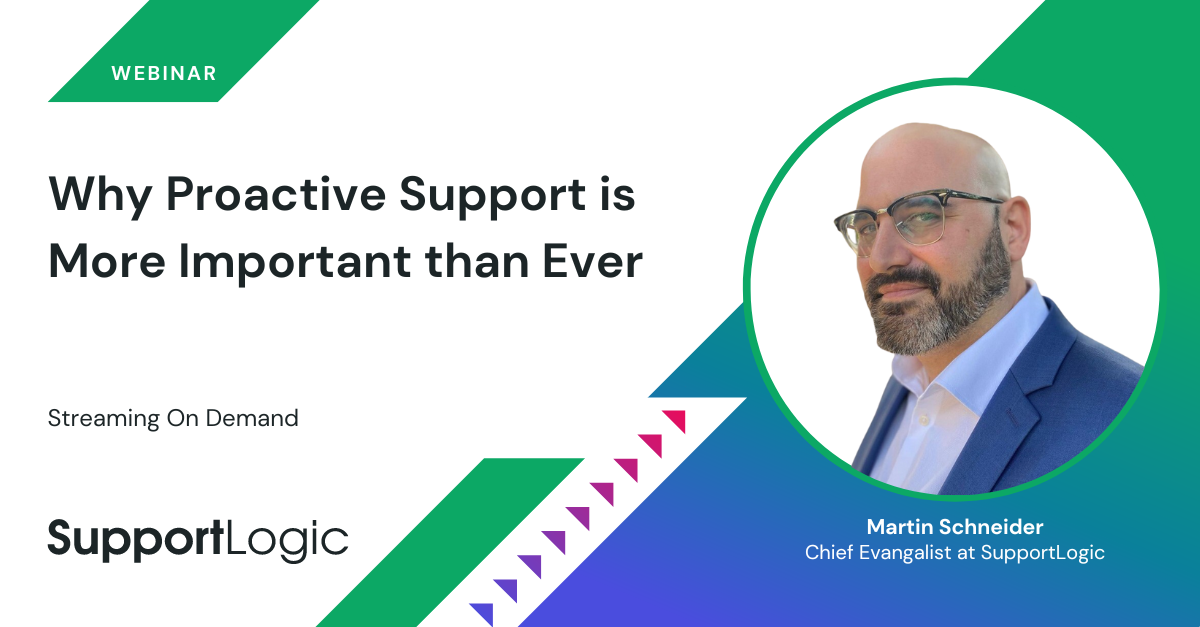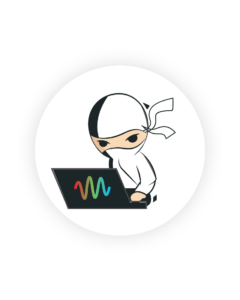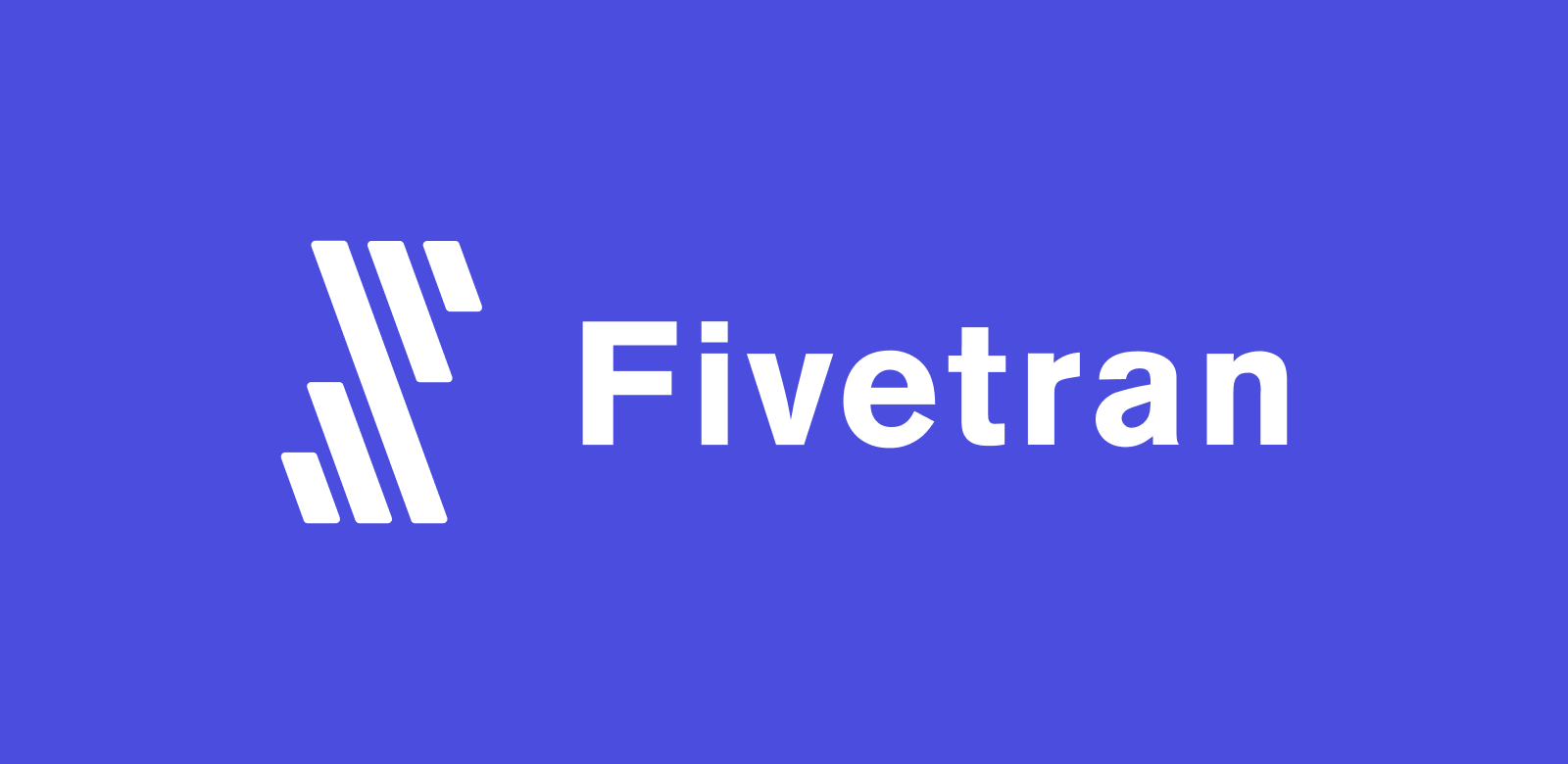
Dec 8, 2022
5 Ways Investing in Support Experience Saves Cold Hard Cash
Support Experienceproactive supportChurn Reductionbuild vs. buydigital transformationpredict escalations
In past articles on Support Experience (SX), we discussed why it is vital for your brand, your employee experience, and your customer experience. But what matters most in business is the bottom line, and investing in Support Experience provides valuable monetary returns across several areas of your organization. This article takes on the ultimate “why”:
Why should your business adopt a new tool or practice?
The answer: Only if it makes clear financial sense – both in a short-term, cash flow sense, and also in the long-term, year-over-year health of your business, employees, and customer relationships.
Below are five ways that investing in Support Experience saves your bottom line. No exaggerations, just detailed ROI calculations and actual customer proof. To jump ahead and see your own savings, test out our ROI calculator.
- Escalation management
- Agent optimization
- Reduced time to resolution
- Customer retention
- Integrating with a proven AI solution
Savings from escalation management
Support industry leaders estimate that escalated cases cost 5-10x more than a typical case. Escalations are the most expensive cases your support team handle because they take longer to resolve and put expensive resources like management, customer success, and product experts into firefighting mode.
Escalation reduction is a core value proposition of Support Experience. To see the potential cost savings, take the following stats:
- Case volume (for example, 50,000 cases a year)
- Average cost per case ($100)
- Escalation rate (6%)
In this example, the total cost of support is $5M. If your escalations make up 6% of your case volume, then the total cost of your escalated cases is roughly $1.5M a year, since escalated cases are assumed to cost at least 5x a normal case.
Using the customer sentiment analysis and escalation prediction built into Support Experience platforms for 20 minutes twice a day is proven to reduce escalation rates by at least 10%. In the example above, that means a savings of $150,000. SupportLogic customers see escalation rate reductions up to 40%. This savings means able to hire on more support staff without adding to budget, or having the flexibility to reduce or reallocate headcount without affecting staff or support quality.
Savings from agent optimization
Agent turnover and poor engagement burn your training and recruitment resources. Ramp-up can take months, with many agents leaving from flat development or low attention. Then it’s back to the interview process with new candidates.
Support Experience aims to get the most out of your support team. Agent optimization means onboarding faster, using coaching workflows and insights to improve the quality of their efforts, and allowing mutual satisfaction to increase average tenure.
If average agent tenure is 24 months, onboarding two weeks faster and keeping an agent for six weeks longer means adding two months, or 8%, to that tenure. Translated across a support team, that means postponing recruiting costs, reducing salary creep, keeping tribal knowledge from walking out the door, and providing more consistent customer service.
To see the cost savings from team optimization, take an all-in agent salary of $80,000 and multiply it across your team of 25 agents for a total team budget of $2M. Optimizing that team by 5% means a savings of $100,000. That means being able to fit another member on the team, which then means faster average time to resolution, higher CSAT scores, and reduced backlog. $100,000 in cost reallocation could also mean a budget for knowledge base or self-service case deflection tools.
Savings from reduced time to resolution
In a 2020 Zendesk survey, 72.5% of consumers said that a speedy resolution matters the most when they have an issue to resolve. Reducing your support team’s time to resolution also translates to resource reallocation:
- Your team now has more time to tackle backlog
- Your team now has time for new initiatives like customer documentation
- Your average cost per case is now reduced
In an organization with 50,000 cases at $100 cost per case, reducing MTTR by 5% means reducing cost per case by 5%. A $95 cost per case means a total annual cost reallocation of $250,000.
Support Experience workflows are designed to reduce time to resolution while boosting customer satisfaction. Results like these have been proven: Coveo used SupportLogic’s case assignment workflow to help cut their average resolution time in half – from 4 days to 2 – while decreasing their escalation rate by 56%.
Revenue increase from customer retention tools
TSIA estimates that support handles 70% of all customer interactions in modern B2B organizations. That means your customers’ primary impression of your business happens from support as well as the usage of your products and services.
Support Experience is designed to boost customer success at every stage in the customer lifecycle. The right platform reduces churn by analyzing customer sentiment and case history to produce customer health score insights as well as product usage and request insights. These insights retain customers in the following ways:
- Putting out the smoke before the fire and tracking the pulse of every at-risk account. Instead of spending hours pulling together support data and shifting through tickets, customer health scores can be shared across the organization, meaning big time savings for Customer Success.
- Pulling product information by version, by feature, by segment from your case history – harnessing customer data to help your product team build better products. Like running a restaurant where the head chef can listen in on every customer’s experience, helping them tweak and improve recipes.
To see the revenue benefit from reduced churn, calculate total ACV by multiplying contract count by the average contract value (for example, 200 contracts at $20,000 each for a total ACV of $4M). Even with this ACV and an estimated gross retention rate of 93% (meaning $3.7M in recurring revenue), if you reduce a 7% churn rate by even 10% (to 6.3%) then you’re saving $28,000 – about the value of one contract. Fivetran partnered with SupportLogic to reduce their customer churn by 25%.
Savings from integrating with a proven AI solution
The cost reallocation possible from integrating data science in your support strategy is clear: you benefit from using AI and workflows to reduce escalations, reduce churn, optimize your team, and resolve cases faster.
Now the question is build versus buy. Your customer data is sensitive, and having your IT dept build a solution is a sure way to secure that data. But going with an audited, secure Support Experience vendor means another level of domain expertise and support-specific data science development.
The benefits of support-specific AI were covered in our Inside the Intelligence white paper, laying out five requirements every successful AI product must have:
- AI should be like electricity—surrounding you with value but only noticed when it’s absent. To do this correctly, AI must be infused into workflows—otherwise it gets in the way and adoption fails.
- AI should be explainable—you should know exactly what causes every bit of insight, building confidence and trust in the predictions. No black boxes or vague check engine lights.
- AI should be domain-specific and purpose-built, never generic. Domain expertise is crucial to getting value from AI.
- AI should be fine-tuned to your products, customers, and team. AI shouldn’t catch everything, but what it does catch should always be worth your time—accuracy at the expense of recall.
- AI should be adaptable, and evolve with a feedback loop of improvement. This is often where in-house AI solutions fail, as they aren’t designed to change with your business.
To do this effectively, here’s the breakdown of what it would cost to staff an adequate team of your own:
- Data Scientist: $120,000
- Escalation Engineer: $65,000
- Support Manager: $85,000
- QA Manager: $80,000
- Customer Insights Analyst: $70,000
- Product Analyst: $65,000
- Support Operations (CRM Admin): $80,000
Totaling $565,000
Integrating with a proven software solution doesn’t cost nearly this much. Your organization also benefits from the customer pool and security afforded by an enterprise-level vendor. Leading brands such as Databricks have the resources and skill to build AI-driven support applications, but instead see the benefit of partnering with SupportLogic. The domain expertise and trial and error that have already been discovered and worked through with a solution like SupportLogic are too much to pass up.
The bottom line
These calculations show how Support Experience translates to incredible ROI. The right solution can reduce escalation rates by up to 40%, help retain your customers, and optimize value across your entire organization.
The workflows in SupportLogic are designed to create fast time to value, and we have high confidence your organization will see similar results to those outlined above.
Check out our ROI calculator to see how Support Experience can benefit your organization.
Don’t miss out
Want the latest B2B Support, AI and ML blogs delivered straight to your inbox?





